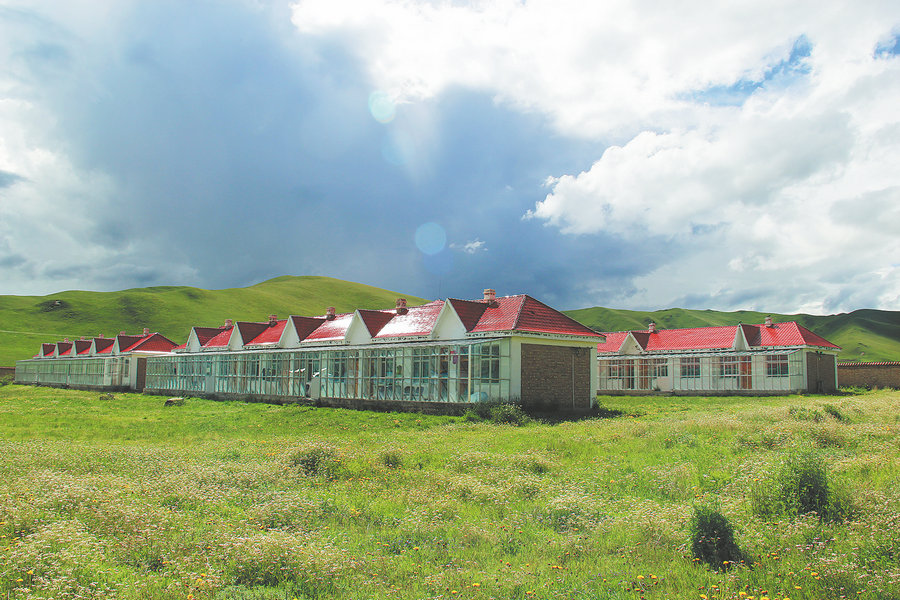

Fragile
In 2019, Lanzhou University inaugurated the institute for green development of the Yellow River basin, which is dedicated to ecological and environmental protection of the region and deeply involved in soil and water conservation and pollution management in the middle reaches of the river.
According to Tian Lei, a researcher at the institution, the Loess Plateau has long lacked vegetation protection, the ecological environment in the area is fragile, the soil is loose, and heavy rains wash it away resulting in serious soil erosion.
Tian and his team have been conducting a series of studies on the hydroclimate of the Loess Plateau.
Their goal is to provide scientific support for the formulation of policies and ecological plans for returning farmland to forest and grass, Tian says.
China has been implementing a policy of returning farmland to forest and grassland since the 1990s. Over the past two decades, a large amount of sloping arable land has been transformed into grassland and woodland, and the level of regional vegetation cover has been significantly improved to the point where the sediment making its way into the Yellow River has been significantly reduced.
"We found through remote sensing data that the area of forest in the region has increased by about 16 percent, and the area of grassland has increased by about 8 percent. At the same time, the area of barren land and desert has decreased by 29 percent," Tian says, adding that the amount of sediment entering the Yellow River has been reduced from 1.6 billion metric tons in the 1990s to currently less than 300 million tons.
However, while the vegetation has been restored, the evapotranspiration consumption of the Loess Plateau has increased dramatically, resulting in a sharp decrease in the runoff of the Yellow River basin.
If the density of vegetation is further increased, it might result in new ecological problems, such as soil desiccation, vegetation degradation and excessive consumption of water resources.
"Previous studies have only focused on how atmospheric activities affect the land surface, mostly ignoring how activities on the ground affect the atmosphere," Tian says.
"We are focusing exactly on this neglected link, as it has important implications for water resource management on the Loess Plateau."
Employing the resources provided by the supercomputing platform of Lanzhou University, Tian's team conducted a numerical simulation study on the regional hydroclimate of the Loess Plateau.
This was to assess the effects of large-scale vegetation on regional temperature, precipitation, water vapor transport and water vapor-precipitation conversion.
"Vegetation is a good means of carbon capture and can help mitigate climate change. However, large-density afforestation and vegetation development can result in excessive consumption of water resources," Tian says.
In Tian's mind, scientific assessment and demonstration are of great theoretical and practical significance for the sustainable management of future vegetation restoration and reconstruction on the Loess Plateau.
Tian says that the next step for the team is to design some feasible plans to prevent the retreating of forests and grassland, such as how to rationalize the layout and selection of grass or tree species and evaluate their impact through the tool of numerical modeling. This, he says, will provide scientific and reasonable suggestions about how to guarantee the sustainable development of vegetation construction on the Loess Plateau.